Telugu Matrimony
by iMarriagesmatrimony site for Telugu speakers.


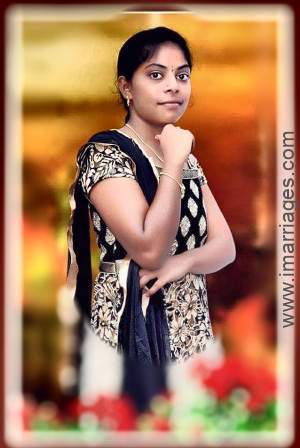
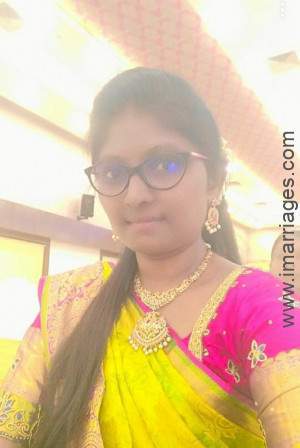
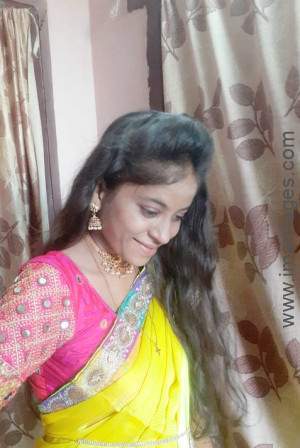
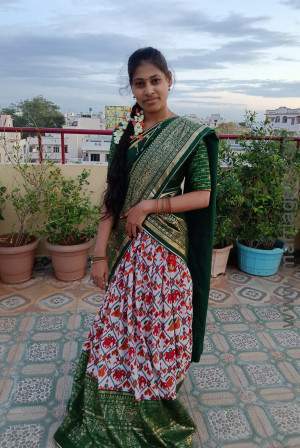
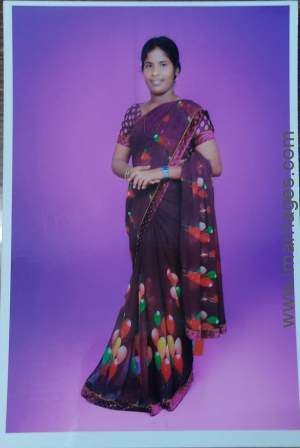
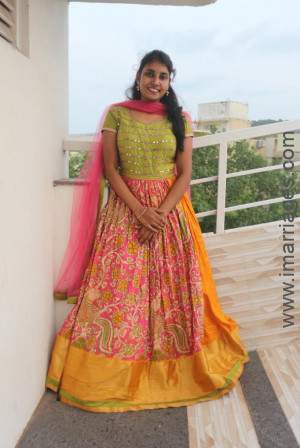
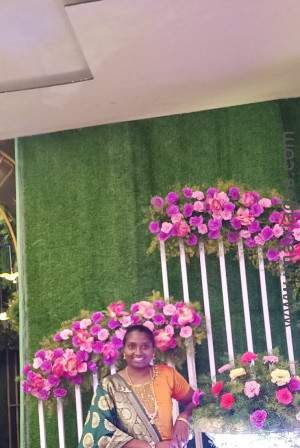
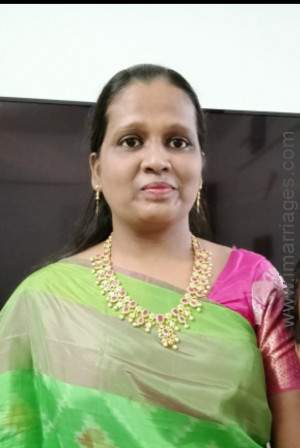
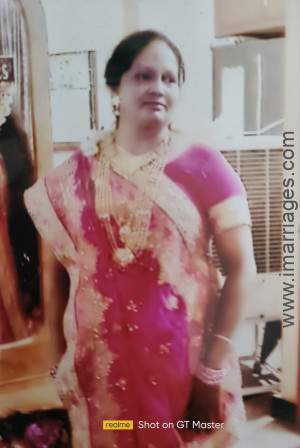
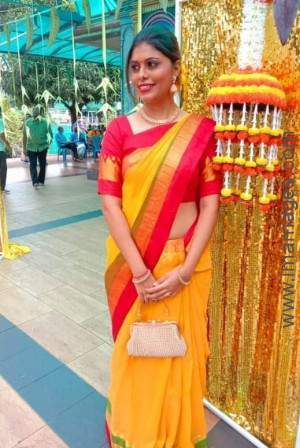
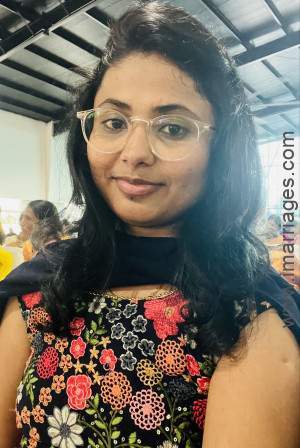
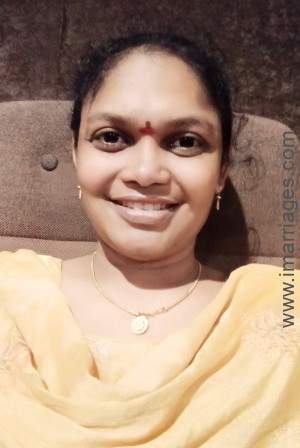
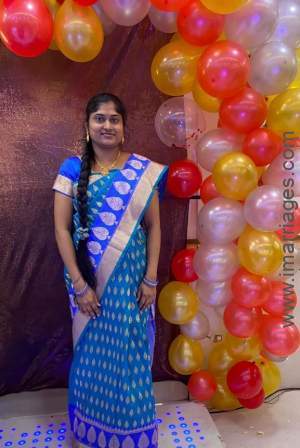

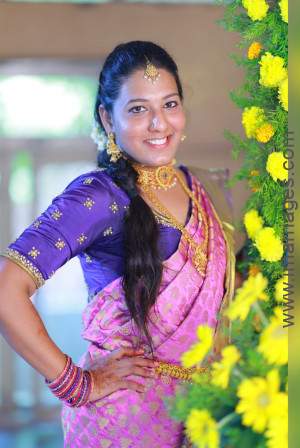
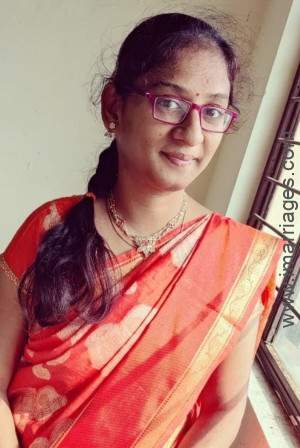
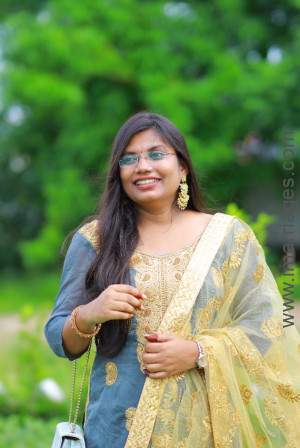
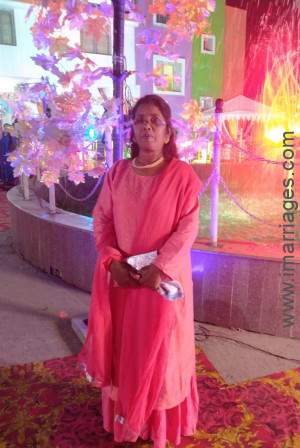

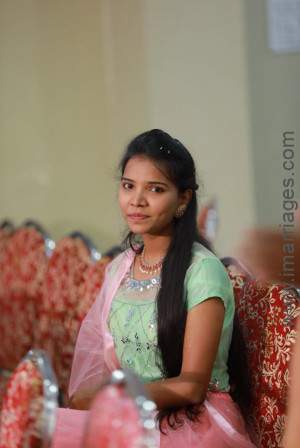
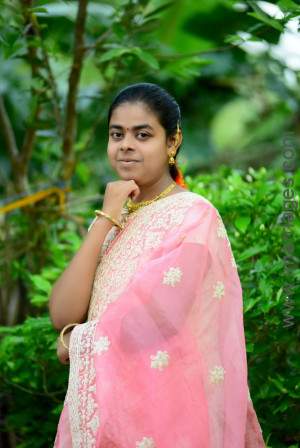





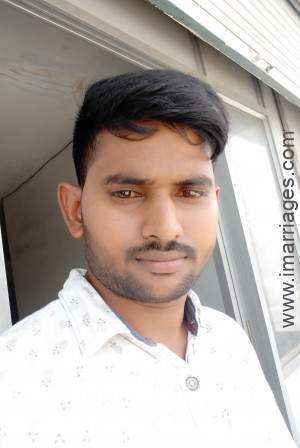


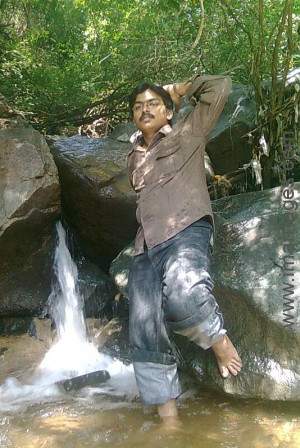

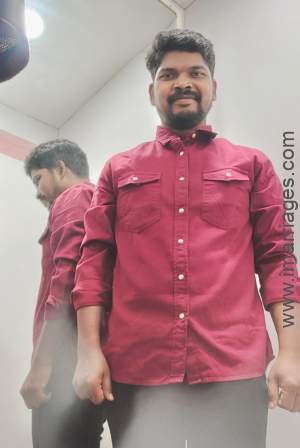

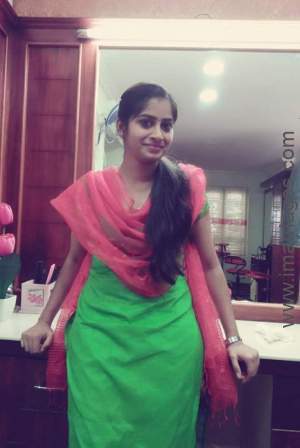
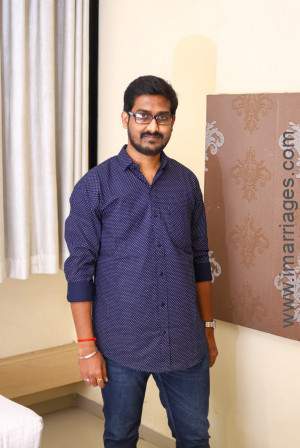
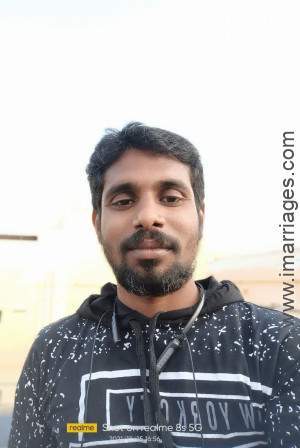
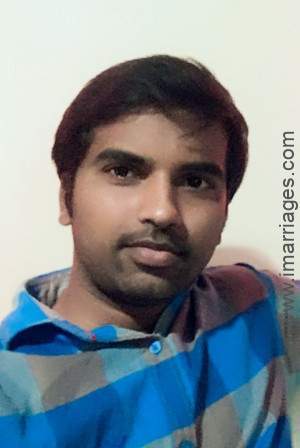

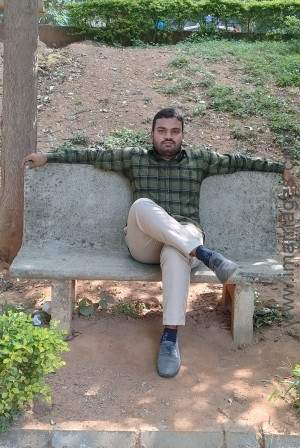

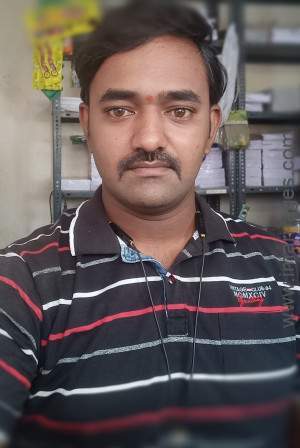
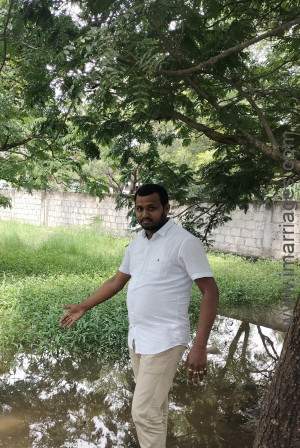

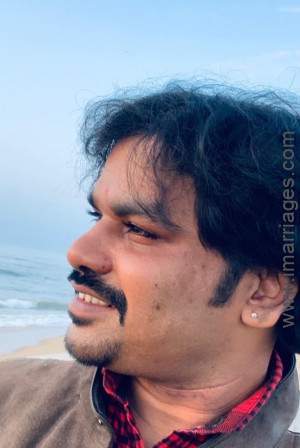

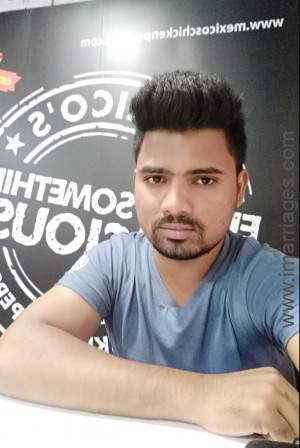


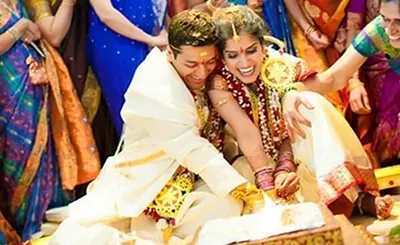
Welcome to Telugu Matrimony by iMarriages, a free matrimony portal for Telugu speakers with thousands of profiles in Andhra Pradesh, Karnataka, Tamil Nadu and elsewhere.
The wedding attire of white and red,
As a symbol of purity and strength they led,
The couple separated by a curtain,
Will soon get united for certain,
The use of rice in the rituals,
Is a sure treat for visuals,
Jeerakalla Bellamu
Yes, our service is free. Our award winning platform allows you to send personalised messages and communicate with your matches via a safe and secure messaging system completely free. By using our messaging system, you can talk to your match and only share your phone number when you feel comfortable and ready to take the next step forward.
Our service is free and simple to apply for. Simply click the register link at the top of the page and answer the fun and easy questionaire. The questionaire will automatically create your personalised matrimony profile. You can then chat and get to know your matches, complete for free.
Of course we are biased, but we believe iMarriages is the best value for money matrimony site in Andhra Pradesh and Telangana. The difference between iMarriages and all other sites is that we allow you to send personalised messages and communicate with your matches for free. We are the only safe and legitimate site that offers this.
iMarriages is the safest matrimony site in the world, and far safer than traditional methods such as placing ads in newspapers. All profiles on our portal have been manually screened by a human and every member is required to provide a contact phone number which is then verified. Additionally, we have developed our own sophisticated AI system that constantly monitors our portal, automatically responding to any suspicious behaviour.
Telugu matrimony, also known as 'Pelli', takes place between a bride and groom whose mother tongue is Telugu. Other than Hindi, Telugu is the only language that is predominately spoken in more than one state within India. It is the 3rd most spoken language in India.
Telugu still contains parts of Sanskrit and has been deemed a classical language by the Government of India.
Traditionally, Telugu matrimonial ceremonies were a long affair and often lasted up to 16 days. More recently, the length of the ceremony has on average, been reduced to 5 days. In Telugu marriages, one can observe a pinch of similarity from Tamil ones, with a vast amount of uniqueness.
The bride and the groom apply a paste of jeera (cumin) and jaggery on each other's hands from under the curtain. This ritual denotes their inseparable and unbreakable bond. The priest chants some Vedic mantras and the terasella are removed. This is the first time the bride and groom see each other during the wedding ceremony. This is sometimes pronounced Jeerakalla Bellamu rather than Jeelakarra Bellam.
To know more about Telugu matrimonial alliance let's divide the whole event as pre-wedding, wedding and post-wedding events.
Among Telugu people, marriage is often decided by the elders but consent of boy and girl is equally important.
Engagement (Nischitartham) - After the families and the couple are ready for alliance an engagement ceremony is performed. It is not meant for mere exchange of rings but signifies the announcement of marriage date (Muhurtham) to the society. Elders of the family bless the couple for their future married life. Gifts are showered to the bride by her mother in law.
Pendikoothuru - This ritual is similar to the haldi ceremony of the north where a paste of oil and turmeric is applied to bride and groom. This event takes place separately in both the houses.
Snathakam - This ritual which is performed at groom's house, involves the groom wearing a silver thread as a symbol of his readiness to take responsibility for family life.
Kashi Yatra - This is a very playful and light moment where the groom jokingly announces he is going to Kashi for spiritual studies, renouncing worldly pleasures like marriage. The bride's brother then attempts to convince him to marry his sister. Finally, the groom agrees to marry his sister.
Mangal Snaanam - This signifies the holy bath to purify the body and soul before tying the nuptial knot. It takes place separately in both the houses. Oil is then applied to bride and groom. Aarti is then performed to ward off the evil-eye from the couple.
Gauri Pooja - This ritual is performed by the bride to seek blessings of goddess Gauri, who is a symbol of fertility according to Hindu mythology.
Ganesh Pooja - The groom performs the Ganesh pooja at the mandap until the bride arrives to ward off any evils or obstacles.
Terasella - The bride is accompanied to the mandap by her maternal uncles. In some communities the bride sits in a rice basket and is carried to the mandap. A curtain referred to as a Terasella, separates the bride and groom as they are not yet permitted to see each other.
Kanyadaan - After washing the feet of the groom, the bride's father gives his daughter's hand. The groom promises to take care of her.
Madhuparkam - The bride and groom made to change into their traditional wedding attire which is a cotton clothing of white color with red border (saree for bride and dhoti for the groom). White and red colors are the symbol of purity and strength respectively. They are, now ready for next set of rituals.
Jyotulu Sumangali - During this ritual, a group of married women known as Sumangali carry trays of lamps made from rice flour, sugar, and milk along with two trays of rice. The lamps are lit, as a symbol of brightness in the married life of couple while the rice represents prosperity. The Mangalsutram is placed on top of the rice.
Mangalsutra Dharana
The mangalsutra or thali is a necklace consisting a yellow thread and two pendants tied together. The groom ties this around the bride's neck in three knots, signifying their physical, mental, and spiritual union. The three knots also refer to the groom's promise to care for his wife and not hurt her either through thoughts (manasa), speech (vacha), or deeds (karmana).
Talambralu - During this ritual, the bride and groom are showed with tumeric colored rice as a symbol of happiness and prosperity in each other's life. This is followed by the garlanding ceremony.
Saptapadi - The couple perform circumambulation of the holy fire and take the seven vows of marriage. The vows are by the Sthaalipaakam during which the groom places silver rings on the second toes of his bride's feet.
Appagintalu - This signifies that the bride is now officially separated from her maternal family and is now a part of her husband's family.
Vidaai - The bride waves goodbye to her maternal family, marking the end of the wedding ceremony.
Grihpravesha - This ritual involves welcoming the couple to their new home. The groom's mother performs aarthi of the couple and bride steps in with her right foot while demounting a pot filled with rice.
Mangalsutra Union - After 16 days of marriage, the two pendants of the mangalsutra are removed from the thread and strung on a gold chain, separated by a few gold or black beads to prevent them from banging into each other. This represents a harmonious relationship between the bride's and groom's families. The bride is expected to bathe and wear new clothes before wearing her united mangal sutra.